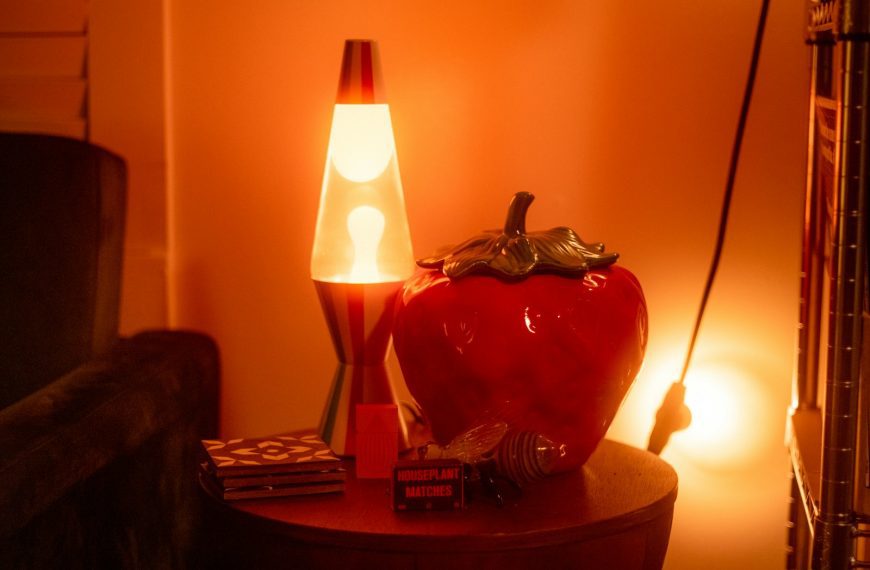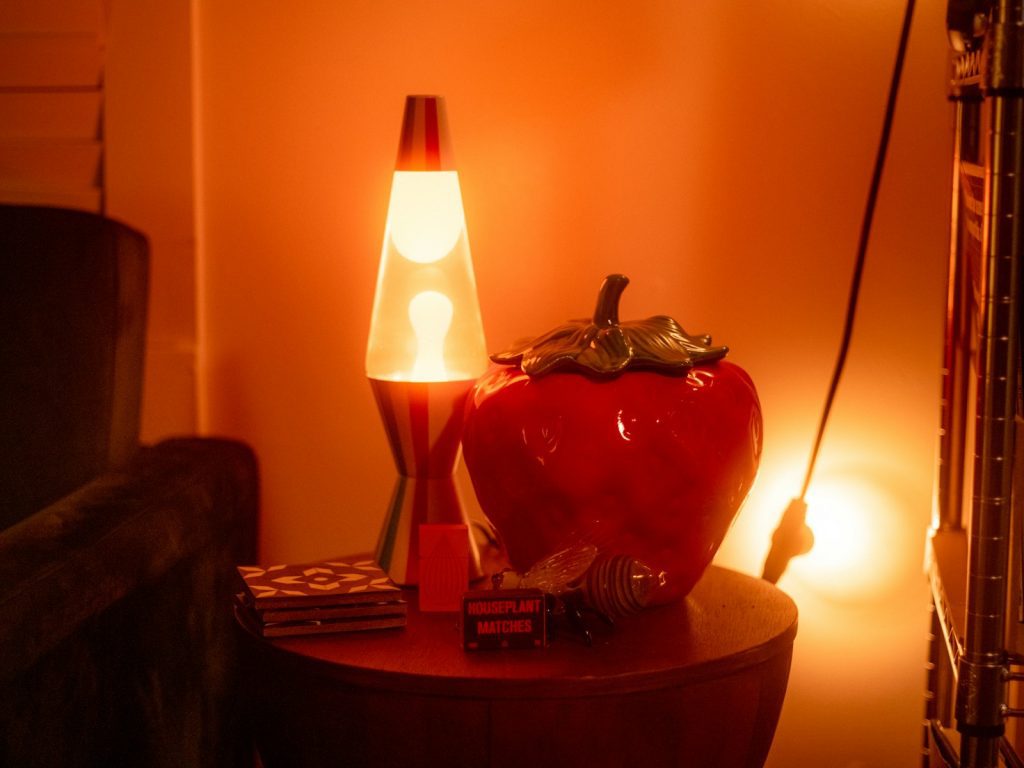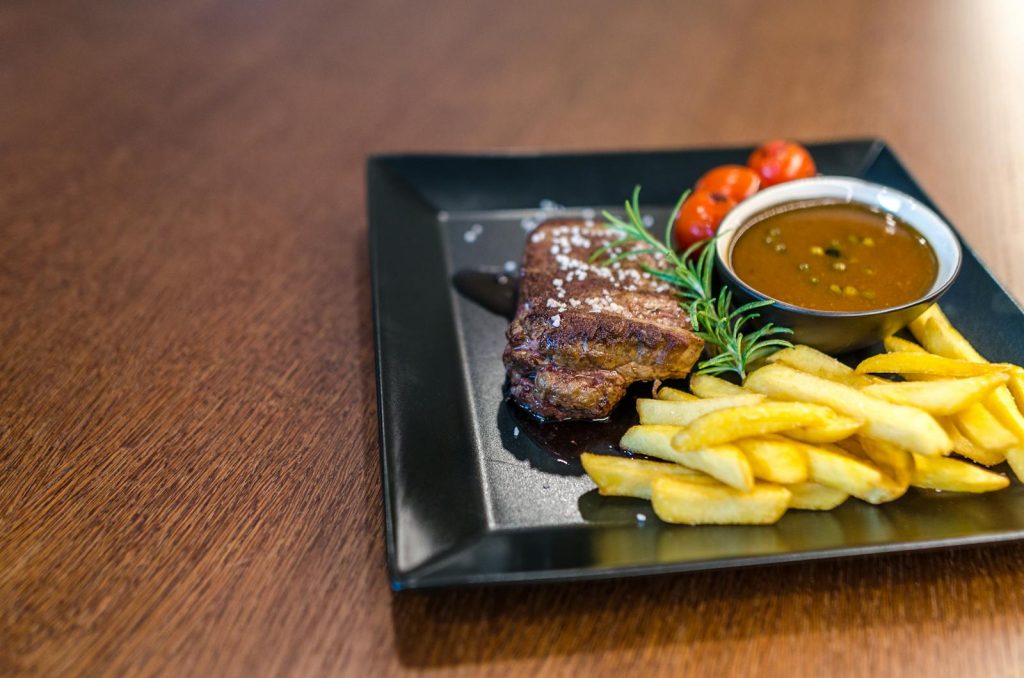Home décor trends are always evolving, and what was once the epitome of style can quickly become outdated. Often, when younger buyers get their hands on a house that hasn’t been updated in a while, there are certain features they’ll likely want to change right away. These are often remnants of popular boomer décor trends that no longer align with modern aesthetics or functionality. Let’s take a look at 12 of these boomer décor habits that younger buyers instantly change, and why they do so.
1. Replacing Dated Wallpapers with Modern Paint Colors

Wallpapers with intricate patterns and loud colors were all the rage in the boomer era, but they can make a room feel busy and outdated now. Younger buyers often prefer the clean, sleek look of painted walls. Neutral colors like whites, greys, and pastels are especially popular because they make the space feel larger and brighter. Additionally, painted walls are easier to update or change when a new trend comes along. This is particularly important for people who like to keep their home’s look fresh and up-to-date.
2. Trading Heavy Drapes for Light, Airy Window Treatments
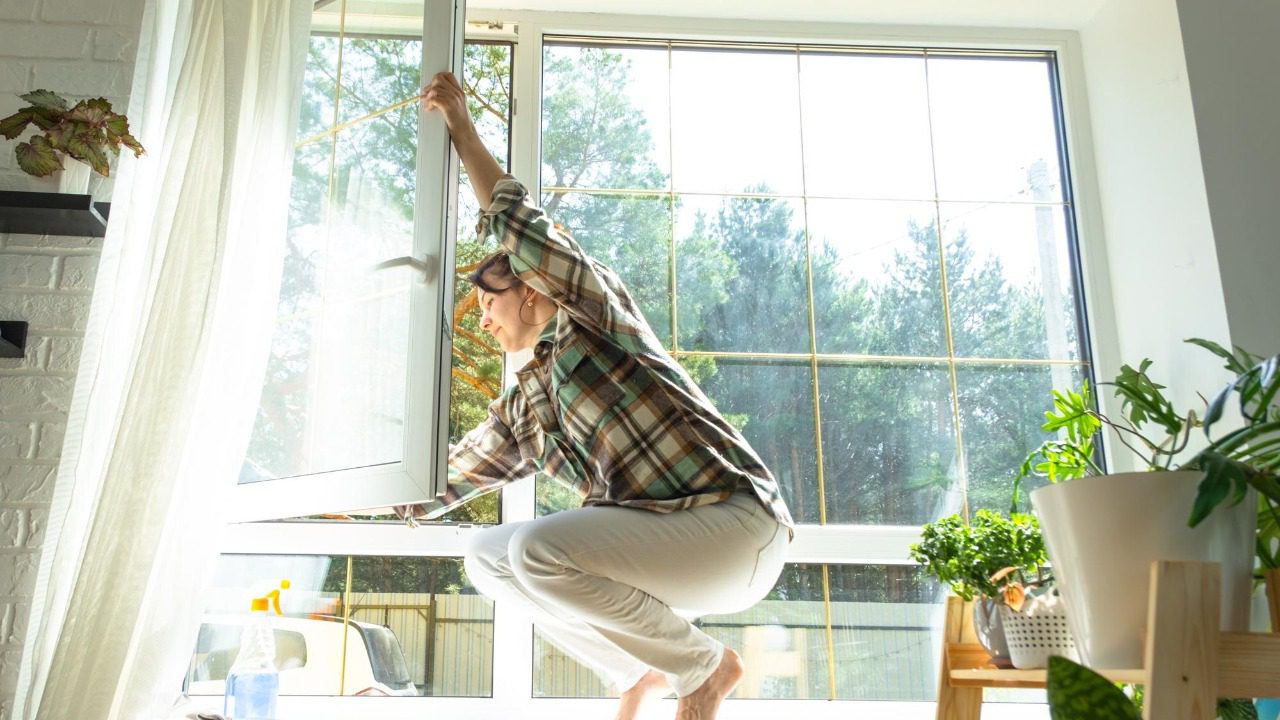
Heavy drapes were another popular feature in boomer homes. They provided privacy and warmth, but they can also darken a room and make it feel smaller. Younger buyers prefer light, airy window treatments that let in plenty of natural light. This can include sheer curtains, blinds, or even no window treatments at all. The goal is to make the room feel larger and more open.
3. Exchanging Carpeted Floors for Hardwood or Laminate

Carpeting was a common flooring choice in boomer homes, but it has fallen out of favor in recent years. Younger buyers often prefer the look and feel of hardwood or laminate flooring. These options are more durable, easier to clean, and can add value to a home. Plus, they give a home a timeless, classic look that never goes out of style. Some younger buyers are even opting for tile or concrete floors for a more modern, industrial look.
4. Updating Outdated Kitchen Appliances and Fixtures

Kitchen appliances and fixtures from the boomer era are often outdated and inefficient. Younger buyers prefer modern appliances that are energy-efficient and come with the latest technology. This might include a smart refrigerator that can help manage groceries or a dishwasher that uses less water. Similarly, they often update fixtures like faucets and lighting to match their modern aesthetic.
5. Modernizing Bathroom Fixtures and Tiles

Just like in the kitchen, bathroom fixtures and tiles often need an update in boomer homes. Younger buyers tend to prefer sleek, modern fixtures and neutral-colored tiles. They also often add features like walk-in showers and double vanities to make the bathroom more functional and luxurious. Some are even opting for freestanding tubs for a spa-like feel.
6. Swapping Overstuffed Furniture for Minimalist Pieces

Overstuffed furniture was popular in the boomer era, but it can make a room feel crowded and dated. Younger buyers prefer minimalist furniture that is sleek and functional. This might include a simple, modern sofa with clean lines or a minimalist coffee table. The goal is to make the room feel open and airy, not cluttered and busy.
7. Ditching the Formal Dining Room for Open-Concept Spaces

Formal dining rooms were a must-have in boomer homes, but they’re often seen as wasted space by younger buyers. Instead, they’re opting for open-concept spaces that combine the kitchen, dining room, and living room. This makes the home feel larger and more welcoming, and it’s more conducive to modern lifestyles where cooking and entertaining often happen at the same time.
8. Transforming the Home Office into a Multipurpose Space

While having a dedicated home office was important for boomers, younger buyers often prefer a more flexible setup. They might turn the home office into a multipurpose space that can also serve as a guest room, a workout area, or a playroom for children. This reflects the changing work patterns and lifestyles of younger generations.
9. Dismantling Built-In Bars for More Functional Spaces

Built-in bars were a popular feature in boomer homes, but they’re often seen as unnecessary by younger buyers. Instead, they might turn this space into something more functional, like extra storage or a breakfast nook. This reflects a shift in entertaining styles, with more casual get-togethers replacing formal cocktail parties.
10. Changing Traditional Lighting Fixtures to Energy-Saving LEDs

Traditional lighting fixtures in boomer homes often use incandescent bulbs, which are not as energy-efficient as modern options. Younger buyers often replace these fixtures with LEDs, which use less energy and last longer. They might also opt for fixtures with a sleek, modern design to match the rest of their décor.
11. Removing the Clutter and Embracing Minimalism

Boomer homes often feature lots of knick-knacks and decorations, but younger buyers prefer a more minimalist look. They might remove unnecessary decorations and focus on a few key pieces that reflect their personal style. This can make the home feel more spacious and relaxing.
12. Revitalizing the Exterior with Contemporary Landscaping
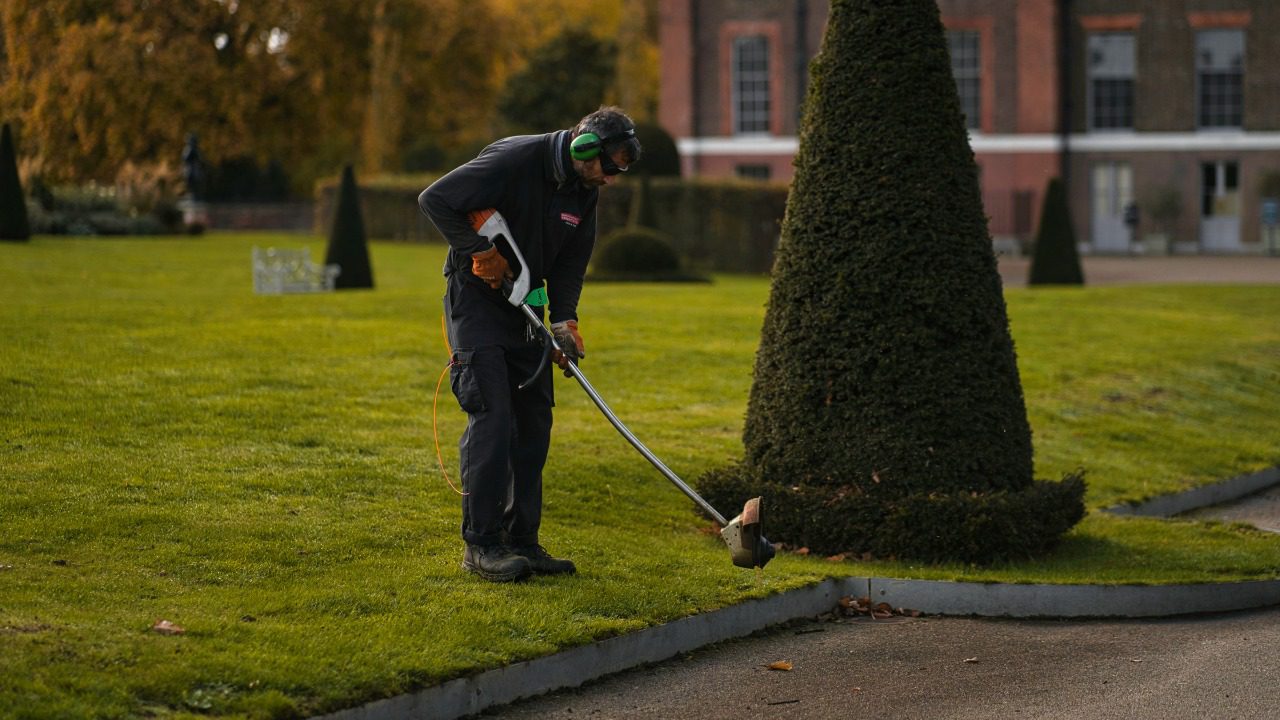
Finally, younger buyers often update the landscaping to give the home a fresh, modern look. This might include adding native plants, creating a relaxing outdoor living space, or even installing a vegetable garden. The goal is to make the exterior of the home as inviting and functional as the interior.
In conclusion, while boomer décor trends had their time and place, they often don’t align with the tastes and lifestyles of younger buyers. These changes reflect the evolving trends in home décor and the changing needs and preferences of homeowners. So, whether you’re getting ready to sell your boomer-era home or you’re a younger buyer looking to update your new home, keep these trends in mind.




